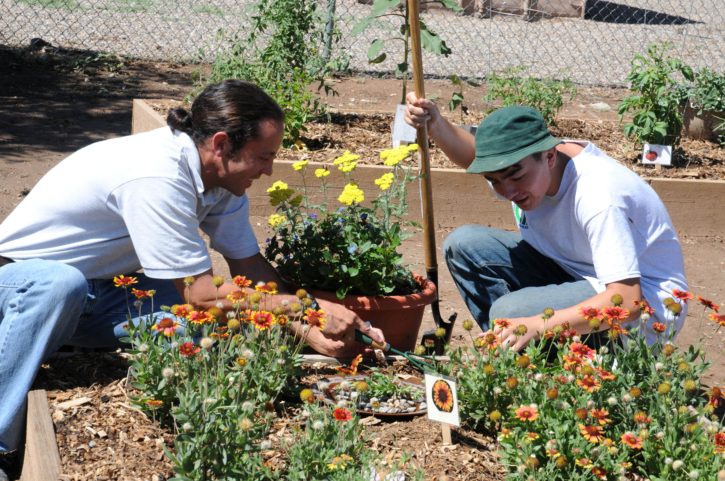5 Routes to Community Power
Posted on 02 Nov 2021 Categories: Blog, Cross-posts, Local initiatives, New democratic models
by Adam Lent and Jessica Studdert
Adam Lent and Jessica Studdert look at the practical ways to make community power an everyday practice, not just a long-term ambition.
How can community power be embedded in practice? We have identified five routes to community power transformation.
These five routes are serving as an intellectual framework that is proving useful for the range of public bodies with which we now collaborate.
1. Organisational culture change
The first and most important route to community power is organisational culture change.
This involves a deliberate shift from a paternalistic and transactional mindsets and behaviours, towards an open and collaborative culture.
It is a change that truly embeds within a workforce the belief that the solutions to an area’s biggest challenges can be found out in the community – not inside the walls of the public institution.
This is the foundation on which a community-powered approach is built. Without it, progress will be halting and even impossible. With it, an organisation can discover the multiple, unpredictable opportunities for community power that best suits the diversity of communities within its local area.
2. Macro-decision making
The second route is the way strategic decisions are taken within a public body – what we call macro-decision making.
Within councils and other public service institutions, we see a growing interest in working with communities on big choices rather than marginalising them. The increasing use of citizens’ assemblies by councils is maybe the highest profile example of this, but other methods abound.
These include hyper-local deliberative forums, resident-led participatory panels, community-led research and the creation of community-led plans.
It can even start with something as simple as the initiation of open conversations with individuals and small groups on the street and in meeting places.
3. Transforming micro-decision making
The third route focuses on transforming micro-decision making – the millions of small, sometimes unconscious decisions taken by public servants that impact directly on how a service user or community is treated by a public institution.
This is maybe one of the best-developed aspects of community power, with a wealth of innovation in service delivery such as
- strengths-based methods
- co-production
- local area co-ordination
- relational approaches
- asset-based community development amongst many others.
What connects these diverse approaches is a fundamental recognition that daily challenges are best met through respectful collaboration with, and empowerment of, service users, their networks and communities – rather than by top-down, institutional ‘solutions’.
4. Transfer of money or assets
The fourth route is the transfer of money or assets usually controlled by the public sector, into the hands of a community.
This is a rapidly growing and diversifying area of activity incorporating participatory budgeting, community asset transfer, community investment funds and, at the most cutting edge, giving communities significant control of the large budgets which fund core services.
An important lesson from these approaches is that transferring resource doesn’t remove the role of the public body. Rather, it requires a recalibration of the relationship between public institutions and communities so that they collaborate closely and as equals.
This doesn’t require the state to vacate the community space, but it does involve a very different set of skills, mindsets and expectations on behalf of professionals and practitioners.
5. Community governance
Finally, there is what can be called community governance – where a community is given a formal, and sometimes legal, role on decision-making bodies usually reserved for public sector professionals or elected representatives.
Often this is a natural outcome of route four, but it is also being taken up in other forms: community members sitting on panels running specific projects, service design and delivery groups, and more generalised governance boards taking core decisions about a public body’s future.
What change will community power bring?
There are many places in the UK and across the world where community power is beginning to flourish.
People are taking matters into their own hands – often working in partnership with public services and local government to build better services and places to live.
A full paradigm shift will create a fairer society for everyone, where people have a say over the decisions that affect their lives.
By empowering communities to support each other and come up with long-term solutions, we can shift our public service system away from crisis reaction to problems and towards prevention and early intervention. This is essential if public services are to be sustainable in the future.
This was originally posted on the New Local blog on 3rd June 2021.
Want to keep up-to-date with more articles like this? Sign up to our newsletter.
Posted on 02 Nov 2021 Categories: Blog, Cross-posts, Local initiatives, New democratic models

